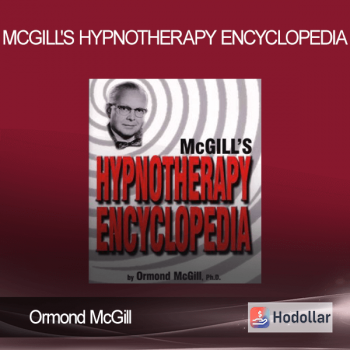NICABM – Help Patients Reclaim Their Lives After Trauma
 NICABM – Help Patients Reclaim Their Lives After Trauma
NICABM – Help Patients Reclaim Their Lives After Trauma
Helping Trauma Patients Shed Feelings of Shame
42 Comments
For someone who’s experienced trauma, feelings of shame often remain long after the painful event.
So how can practitioners help clients begin to reclaim a sense of self-worth?
How can practitioners help trauma patients reclaim a sense of self-worth?
CLICK TO TWEET
Kerstin Jung, PhD and Regina Steil, PsyD, at Goethe University Frankfurt, in Frankfurt, Germany, wanted to find out whether Cognitive Restructuring and Imagery Modification (CRIM) could empower adult survivors of childhood sexual abuse to move beyond feelings of shame associated with trauma.
CRIM is designed to help patients do two things: change the way they see themselves (Cognitive Restructuring), and change the imagery they associate with their trauma (Imagery Modification).
To test the CRIM method, Dr. Jung recruited 34 women who suffered from PTSD as a result of a childhood sexual assault, and who self-identified with the “feeling of being contaminated” (the phrase Jung used to describe shame associated with trauma).
Next she randomly assigned them to the experimental group or a waitlist control. The experimental group took part in CRIM, a two-session treatment, lasting 90 and 50 minutes.
The patient begins by discussing the feeling of contamination – what that means and whether it is something they experience physically, or just perceive in their mind.
Next the patient is asked to use the internet to research the life cycle of their skin cells. The idea here is that when patients discover it takes about 4-6 weeks for their body to replace all their skin cells, they will realize their body is no longer physically contaminated by their trauma.
Researchers then guide participants through a visualization of their body renewing its cells in order to cement their understanding.
The final step in CRIM involves asking participants to activate the feeling of being contaminated and allowing any associated imagery to come to mind. They are then taught to replace those thoughts with the images of renewal they just learned.
So what did Jung and Steil discover?
The women in the CRIM group showed significantly greater improvement in overcoming feelings of shame and contamination than did those in the control group. What’s more, the treatment had significant impact on PTSD symptomatology.
Now we do need to keep in mind that this study focused on a small sample size of people who suffered trauma of a specific nature. And its waitlist control design doesn’t account for other factors that may have helped to reduce subjects’ shameful feelings.
I’d be interested to see what future studies might tell us about the impact this intervention could have on PTSD symptoms related to other types of trauma as well.
And if you’d like to know more about the study, it was published online by Psychotherapy and Psychosomatics in May, 2013. It was also published in the June, 2013 issue of that same journal.
How have you helped trauma patients deal with feelings of contamination or shame? Please share your experience in the comment section below.
Get Download NICABM – Help Patients Reclaim Their Lives After Trauma
Shipping method
– After making a purchase, you will see a View your order link to the Downloads page. Here you can download all the files related to your order.
– In case the link is broken for any reason, please contact us and we will resend a new download link.
– If you can’t find the download link, please don’t worry about it. This course is usually available and shipped within one day
– The course you purchased will have lifetime access
– Our support staff is the best by far! Please contact us at email: [email protected] and we will be happy to help!









